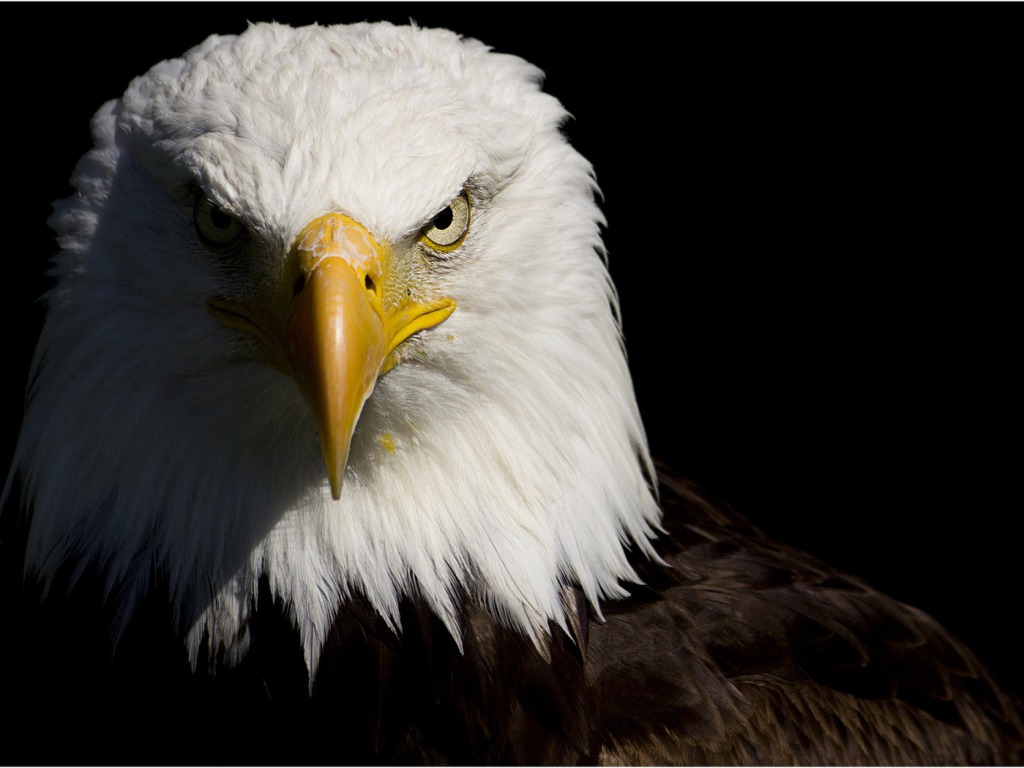Turbulence could issue problems in fight. However, birds such as Eagles have the ability to overcome turbulence. Eagles have long and large wings, big enough to carry its own weight with prey that it carries. Eagles goes to series of wing movements in order to overcome turbulence during mid flight.
Wing Tuck
During mid flight, when gusts are around, eagles pulled in their wings and dropped into free fall. The pulling of its wings maneuver is called a wing tuck. Unlike any regular birds, this wing movement is not considered flapping as there are no upstrokes involved. The video below demonstrates the wing tuck maneuver.
Winglet
Turbulence usually occurs at the tip of the wings, where lift force is not much generated. This is because there is a difference in air pressure circling around at the wing tip, creating vortex. Since this phenomenon occurs at the wing tips, eagles have the ability to overcome this; by manipulating its feathers. In order to generate maximum lift and reduce turbulence, eagles manipulate its feathers at the wing tip to almost vertical. This feather manipulation resulted highly efficient flight without needing longer or larger wings to generate the same amount of lift force. This is called winglet and it acts as a barrier against the vortex. The video below from 2:11 to 12:34 demonstrates and justifies this situation.
References
http://outdooreconomy.com/nature-inspired-inventions-and-engineering-for-aviation/
https://www.nytimes.com/2014/10/20/science/on-eagles-wings-a-revelation-about-flight.html
https://www.youtube.com/watch?v=JdOXYDZO2so&t=2264s

